





| Name | Yttrium(III) Oxide | Molecular Formula | Y2O3 | Molecular Weight | 225.81 | |||
|---|---|---|---|---|---|---|---|---|
| Density | 5.010 g/cm3 | Melting Point | 2690 °C | Boiling Point | 4300 °C | |||
| Solubility | Insoluble in water | Appearance | White powder | CAS Number | 1314-36-9 | |||
| Storage | Store in a dry place | |||||||
| Main Compositions ≥% | ||
|---|---|---|
| Specifications | Y2O3-1 | Y2O3-2 |
| TREO(wt%) | 99 | 99 |
| Y2O3/TREO | 99.99 | 99.999 |
Packaging: Yttrium Oxide (Y2O3) is clearly tagged and labeled externally to ensure efficient identification and quality control. Great care is taken to avoid any damage which might be caused during storage or transportation.

With a melting point of 2410°C, Y₂O₃ can withstand extremely high temperatures, making it ideal for refractory applications.

Its high electrical resistivity ensures superior performance in electronic and electrical insulation applications.

Chemically inert and resistant to most chemicals, including acids and bases. And it does not react with water.

Its high refractive index of approximately 1.9, along with its transparency to near-infrared and visible light, make it a valuable material for optical applications.

When doped with rare earth elements, Y₂O₃ shows phosphorescent properties essential for lighting and display phosphors.

Our yttrium oxide powder boast an impressive purity of up to 99.999%, ensuring top-notch quality and performance in every application.
We provide customized solutions to meet specific requirements, whether it involves adjusting particle size distribution or optimizing purity.
With cutting-edge technology, AEM continuously researches and develops to enhance efficiency, quality, and cost-effectiveness.

Our experienced team provides expert assistance and guidance to clients within 24 hours to address their problems and needs.
Our competitive pricing guarantees you get the best value for top-quality Y₂O₃ powder without compromising on quality or performance.
We are committed to sustainable and environmentally friendly manufacturing practices, reducing our carbon footprint and promoting responsible resource use.
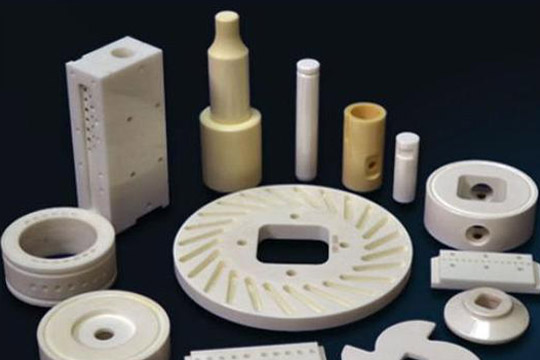
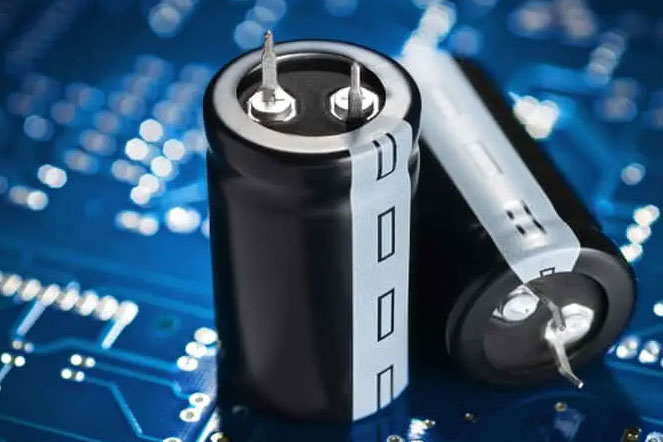
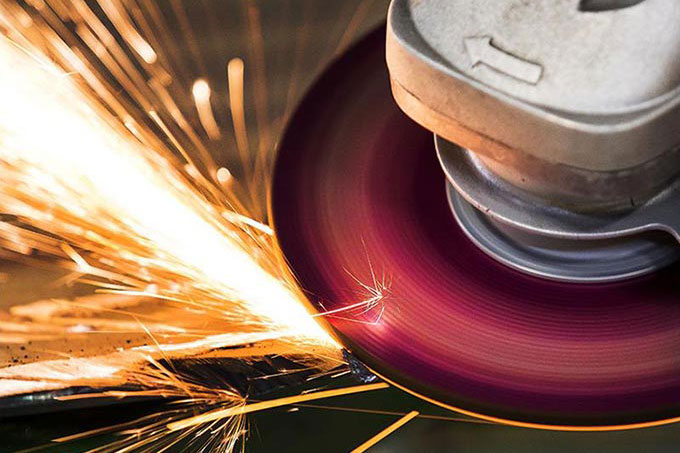

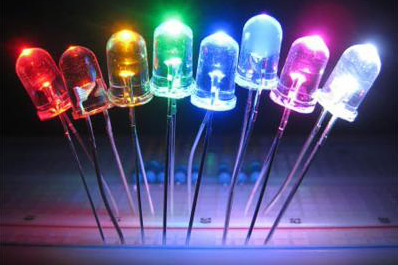
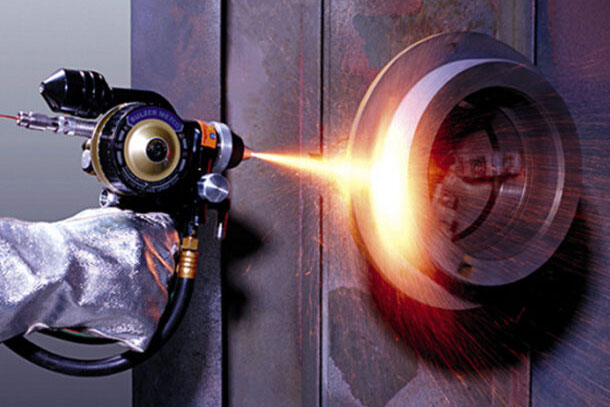
| Precipitation Method: |
Yttrium hydroxide is precipitated from an aqueous solution of yttrium salts by adding a base, and then it is calcined.
|
| Hydrothermal Method: |
Yttrium salts are dissolved in water and then exposed to high temperatures and pressures in an autoclave.
|
Upon successful completion of all tests, keeping comprehensive records of all quality control tests, outcomes, and any deviations or corrective measures implemented.